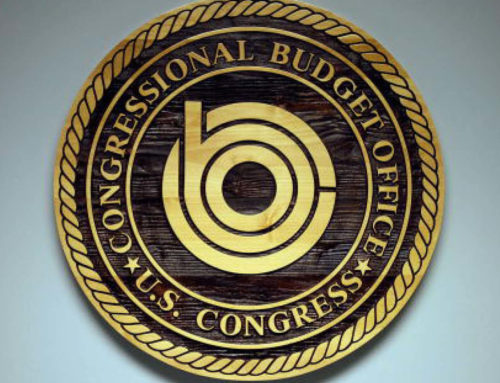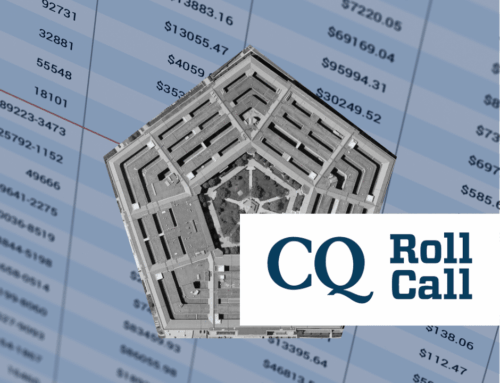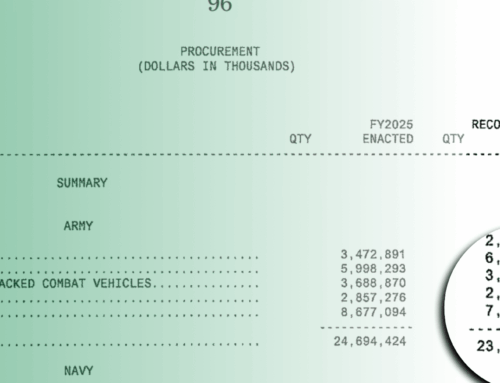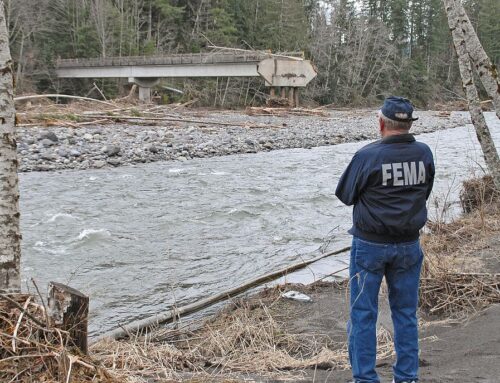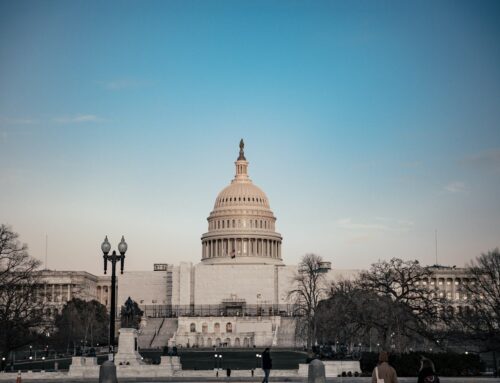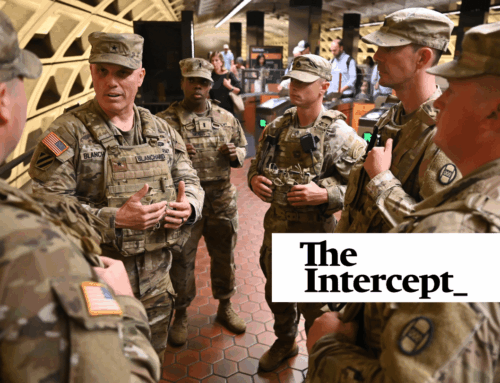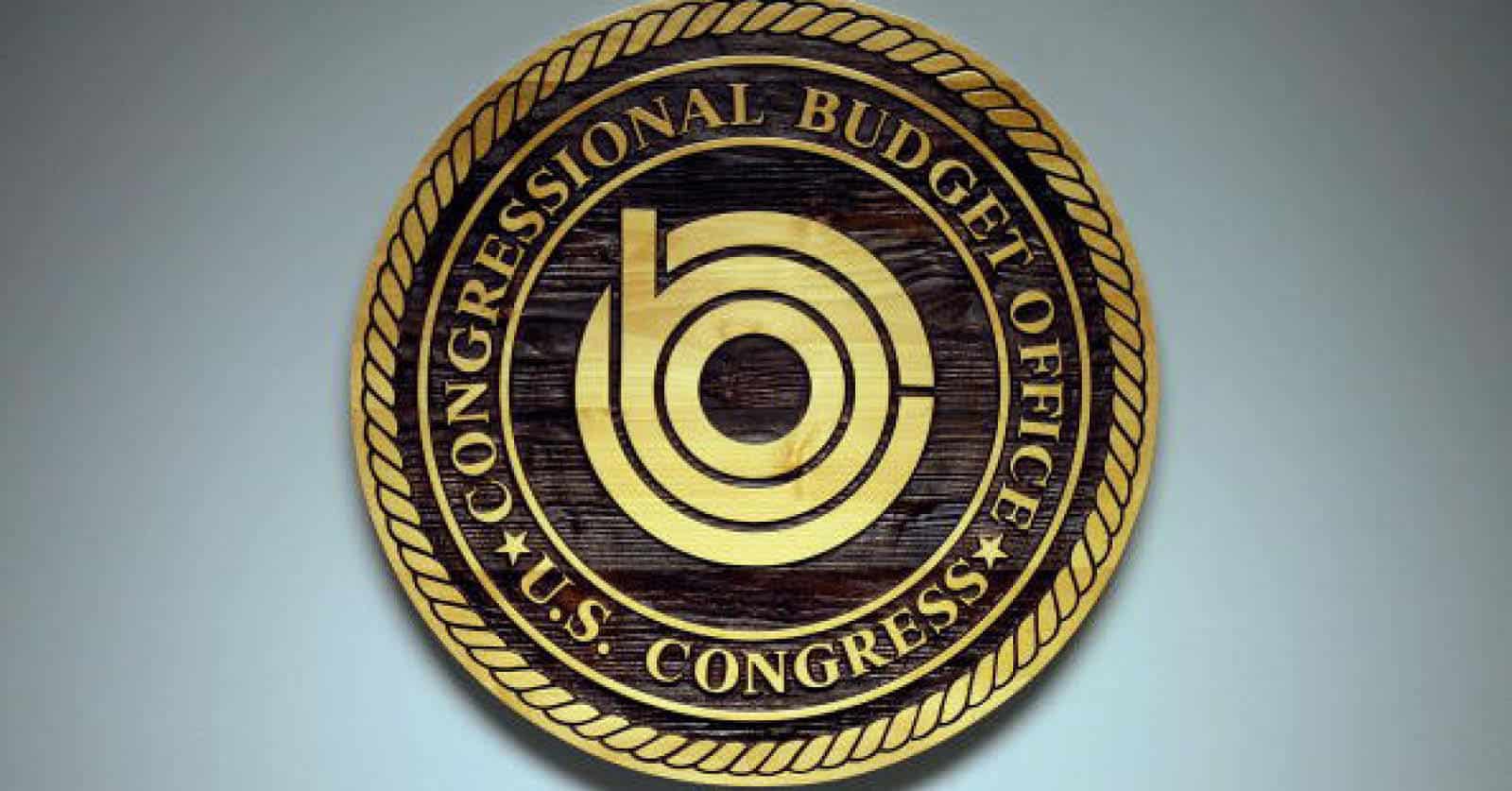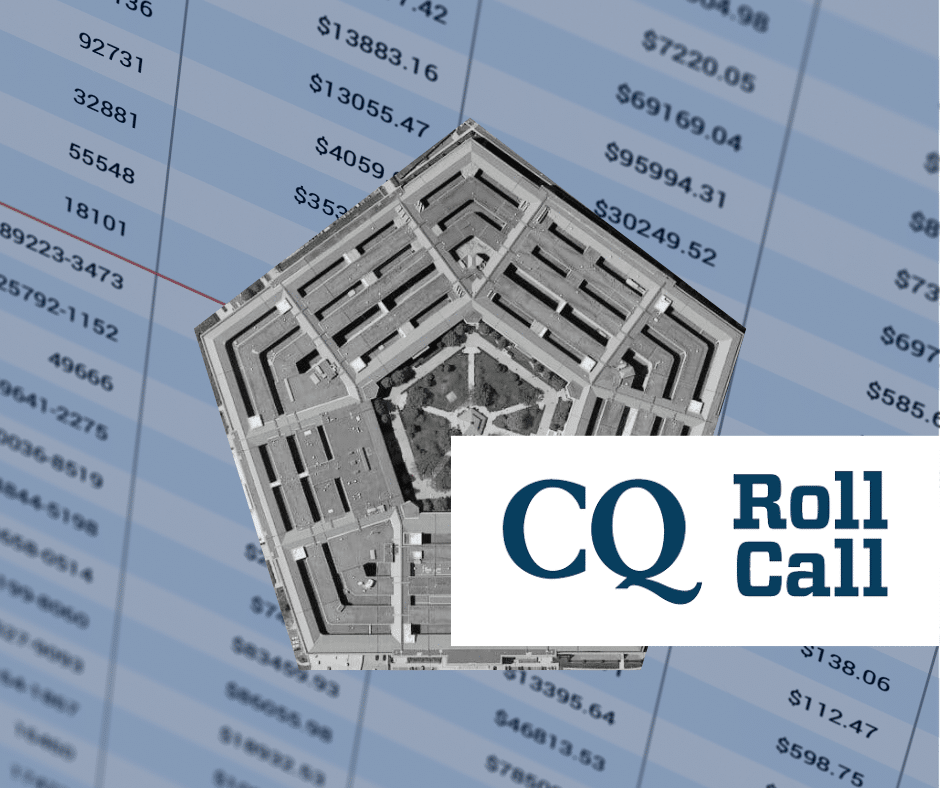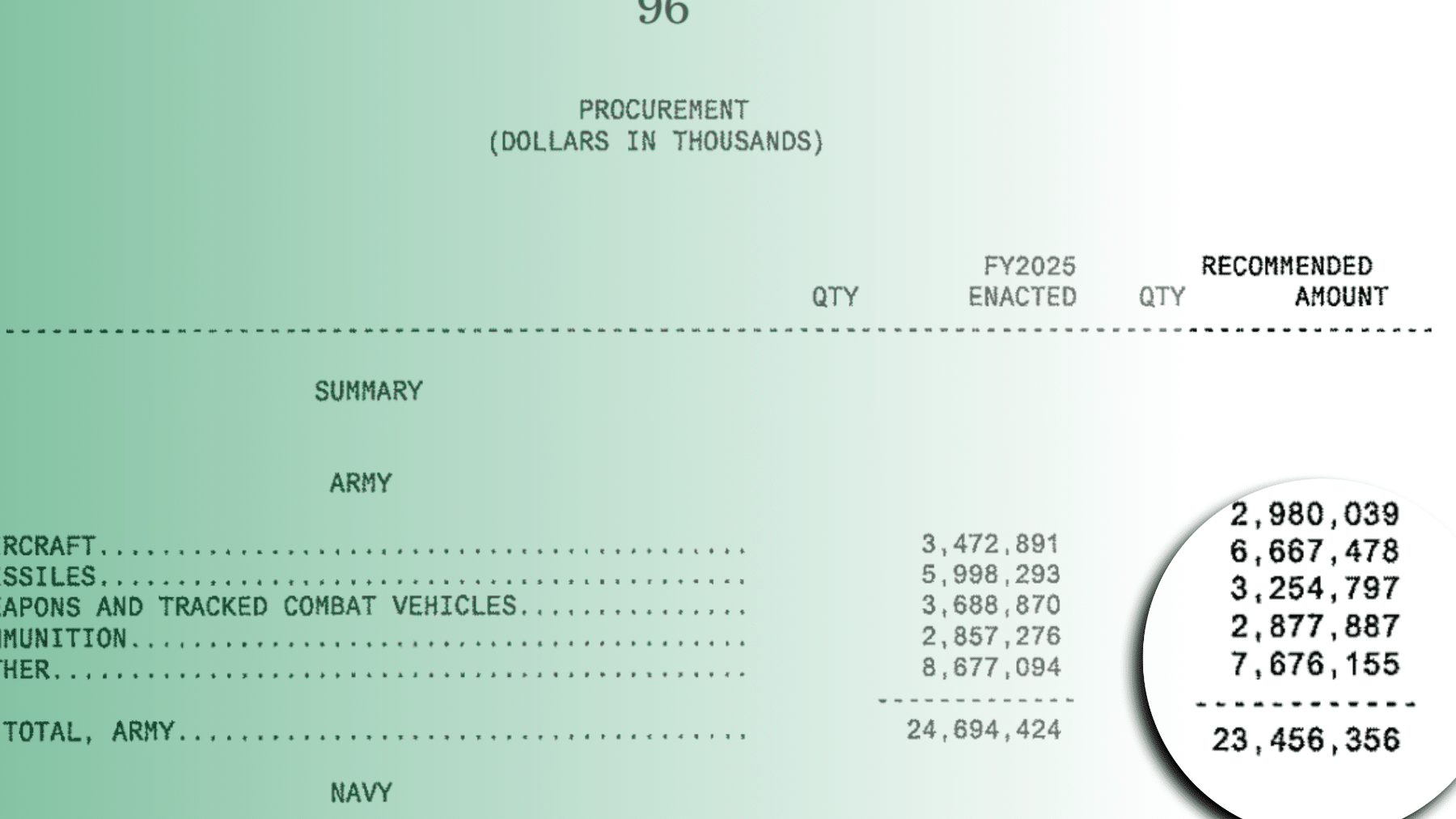Last week, the nation woke up to the shocking news that Baltimore’s Francis Scott Key Bridge had collapsed into the Patapsco River after being struck by the MV Dali after the ship lost power. Spanning 1.6 miles of Interstate 695, the collapsed bridge not only disrupted the “Baltimore Beltway” but also severed access to one of the US’s 20 busiest ports, the Port of Baltimore, for a week. Tragically, six construction workers, who were repairing potholes on the bridge, perished.
Hours after the incident, federal leaders, including President Joe Biden and Secretary of Transportation Pete Buttigieg, pledged federal funds to expedite the bridge’s reconstruction. While these overtures have become routine in the wake of a tragedy, this particular event raises questions about the role of the federal government in responding to disaster, particularly when the tragedy is manmade.
Bruce Carnegie-Brown, Chairman of Lloyds of London, a leading shipping insurance group, predicted that the disaster would be the “largest ever marine insured loss.” Some market groups have put the price tag as high as $4 billion, when taking into consideration the cost of replacing the bridge, lost port activity and other economic disruption, as well as payouts to the families of the victims. Has the federal government signed up taxpayers for billions in additional spending, as some suggest? Well, it’s actually a bit more complicated than that.
Longtime readers will know that the federal government has an array of accounts, agencies, and mechanisms for disaster-related expenses. In this case, the Department of Transportation’s Emergency Relief Program (ERP) will be tapped. Under its current funding structure, ERP receives an annual appropriation of $100 million, which allows for emergency funding for damaged infrastructure to be repaired quickly. Think: a mudslide blocking a road that requires a three-week fix. In the case of major disasters, however, the annual appropriation is often not enough. Typically, lawmakers will pass a separate supplemental appropriation, sometimes more than one, to fill the funding gap and ensure that money is still available for other emergencies.
Wait a minute, a ship ran into the bridge! Shouldn’t they be the ones paying for it? When a disaster has a direct cause, such as last week’s collapse or a train derailment, or an oil spill, things can get a bit more complicated. Even when culpability is easily established, determining financial liability can be a lengthy process. In meantime, billions are spent on immediate responses.
For instance, in the aftermath of the January 2023 train derailment in East Palestine, Ohio, the Environmental Protection Agency (EPA) spent $1.1 billion to cleanup a fire and hazardous chemical spill. The 2010 Deepwater Horizon oil spill in the Gulf of Mexico saw numerous agencies spending billions of dollars on cleanup and mitigation efforts. In both cases, protracted legal battles ensued, taking months and even years in some cases to assign liability and secure reparations from the culpable party. And while it is safe to assume that payment will ultimately be determined in the courtroom, Treasury Secretary Janet Yellen has said the Administration will not wait until penalties are secured before moving forward. While this is understandable, it is essential that responsible parties are held accountable so that taxpayers are not left holding the bag.
Importantly, all three of the major components of this disaster—the ship, bridge, and Port of Baltimore—are insured. According to Mr. Carnegie-Brown, this incident will be costly for insurance and reinsurance companies, as billions of dollars’ worth of claims are processed and paid. This can be considered both good and bad news for taxpayers. While immediate costs for repair will be lessened, there will likely be knock on effects as well. Taken in concert with the increased risk for shipping resulting from Russia’s invasion of Ukraine impacting Black Sea shipping, and the ongoing Houthi attacks on shipping in the Red Sea, insurance rate hikes are likely, hitting taxpayers directly and indirectly.
Furthermore, a ship striking a bridge is not unprecedented. In fact, recent reporting from NPR reminds us that in August 1980, a protective barrier guarding the Key Bridge averted a similar catastrophe; destroying the barrier, but sparing the bridge. According to that same report, the protective barriers, known as dolphins, had not been adequately improved since the bridge opened in 1978, even as shipping lines are building larger ships. For instance, the MV Dali was considered neopanamax, or as large as it can be and still traverse the expanded Panama Canal, highlighting the need for updated infrastructure to accommodate larger modern vessels. Lastly, infrastructure – like the bridge – is often not insured. States and localities should insure public infrastructure so that when disaster strikes they are able to be compensated without reaching into Uncle Sam’s pocket.

